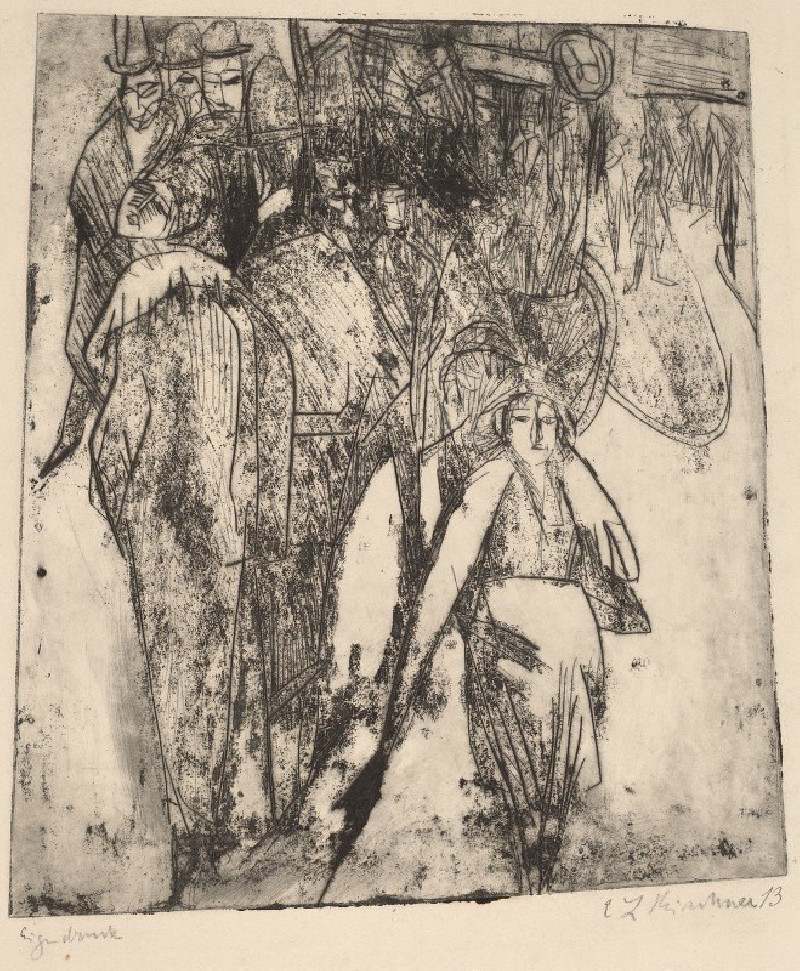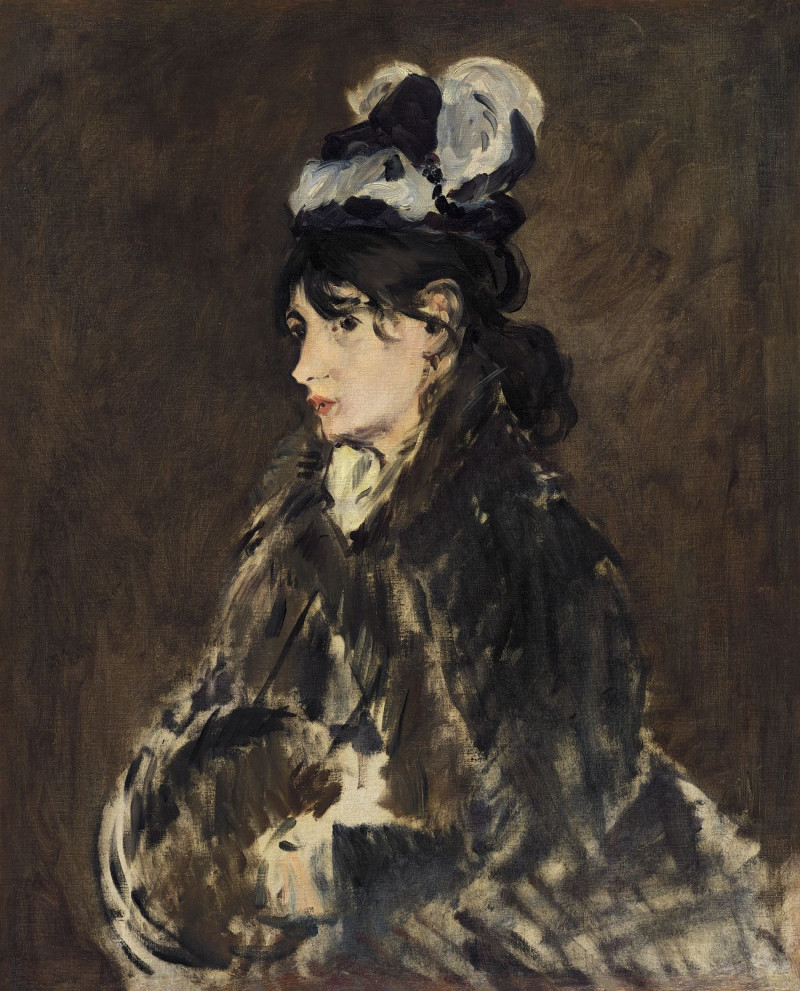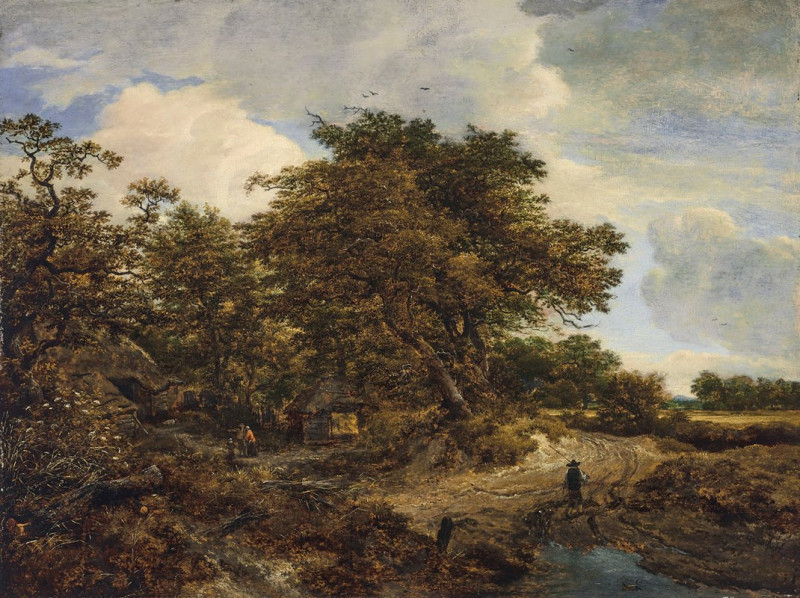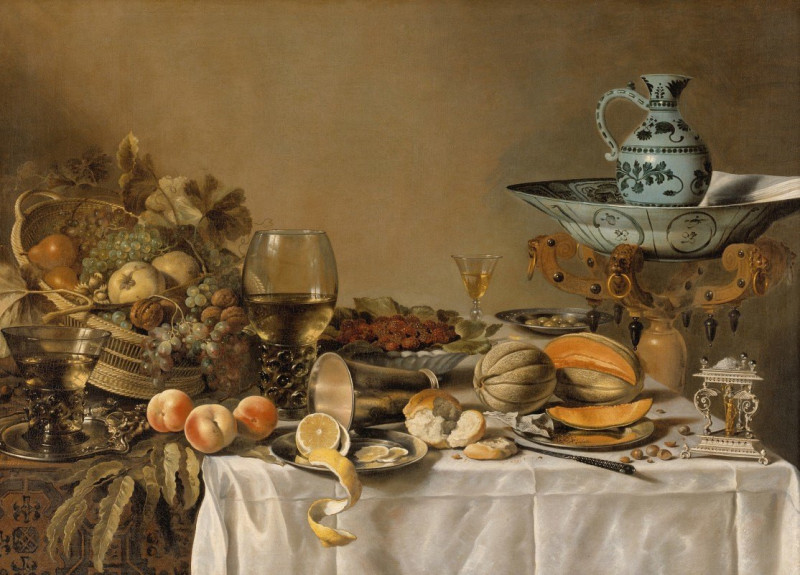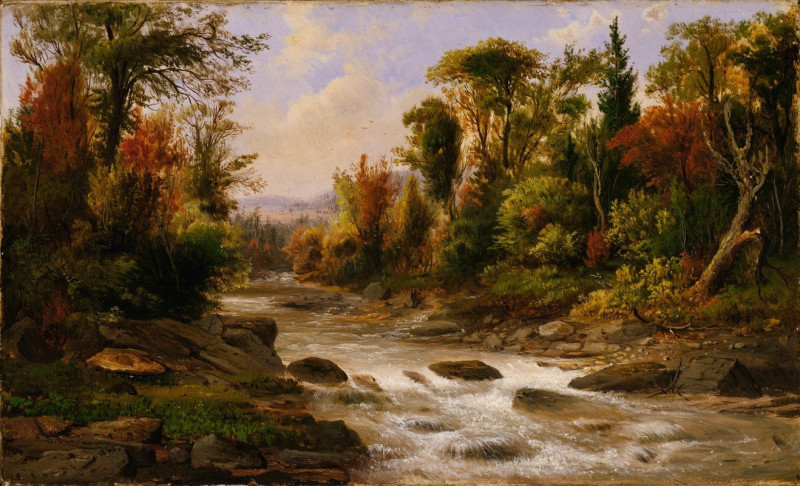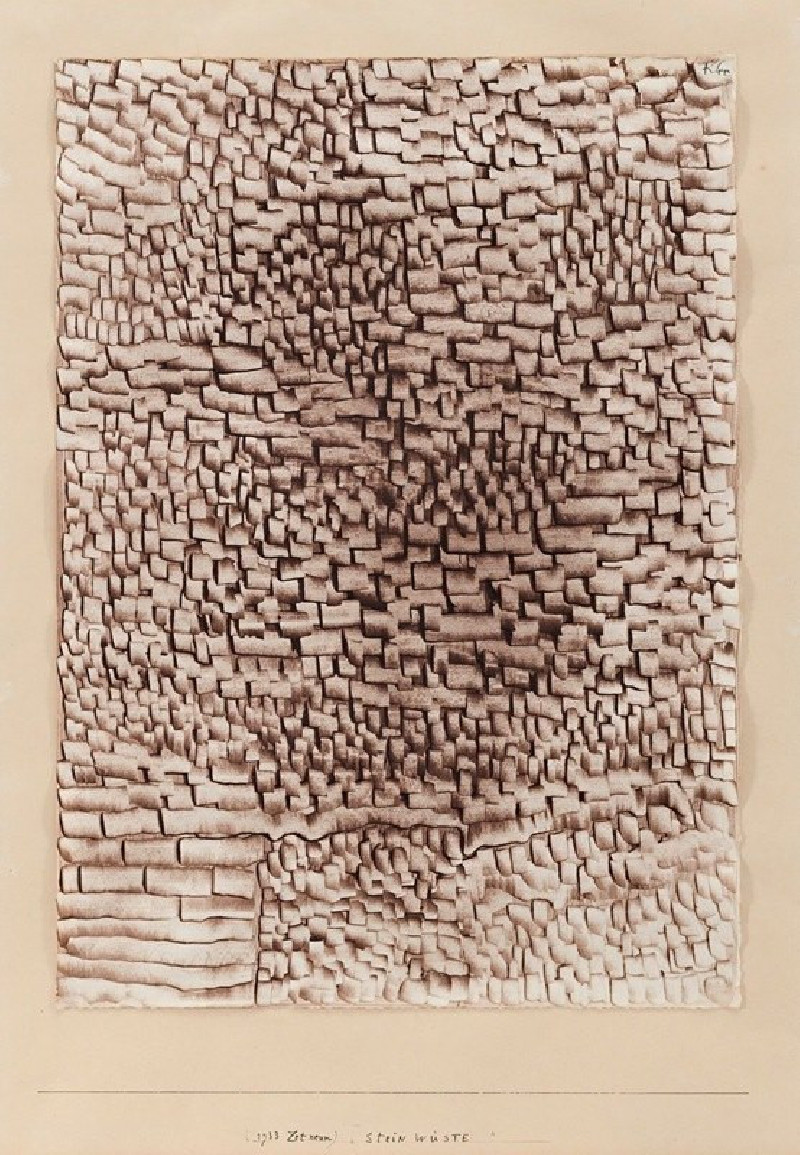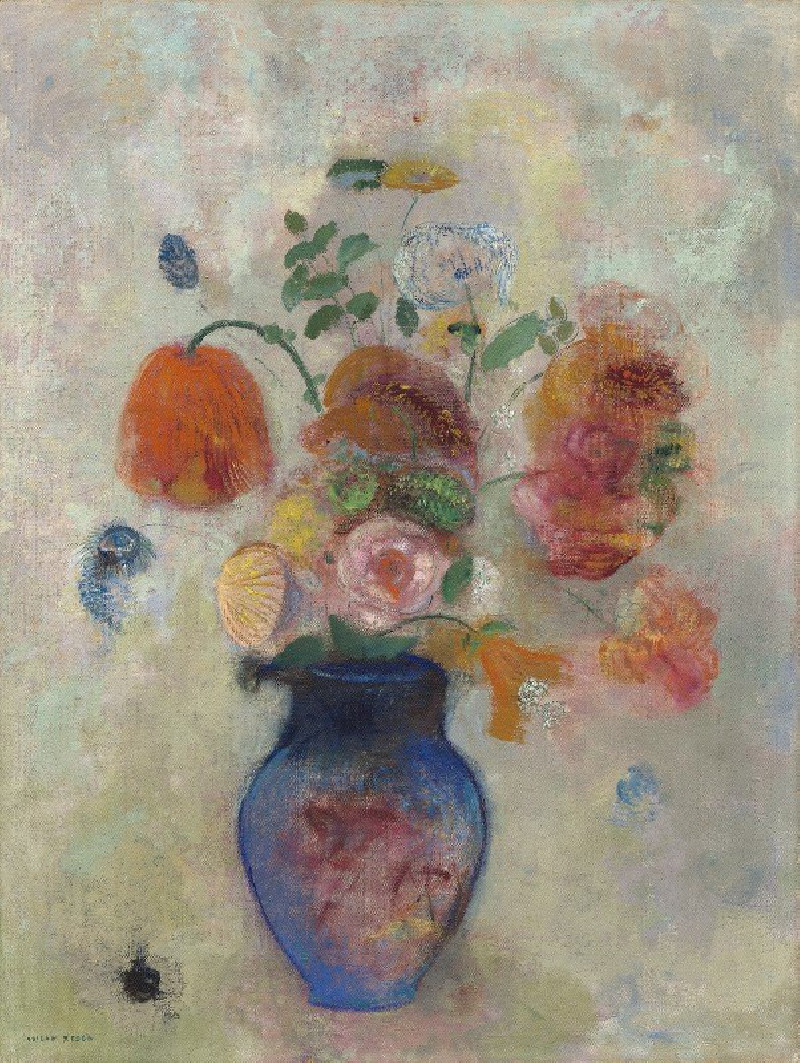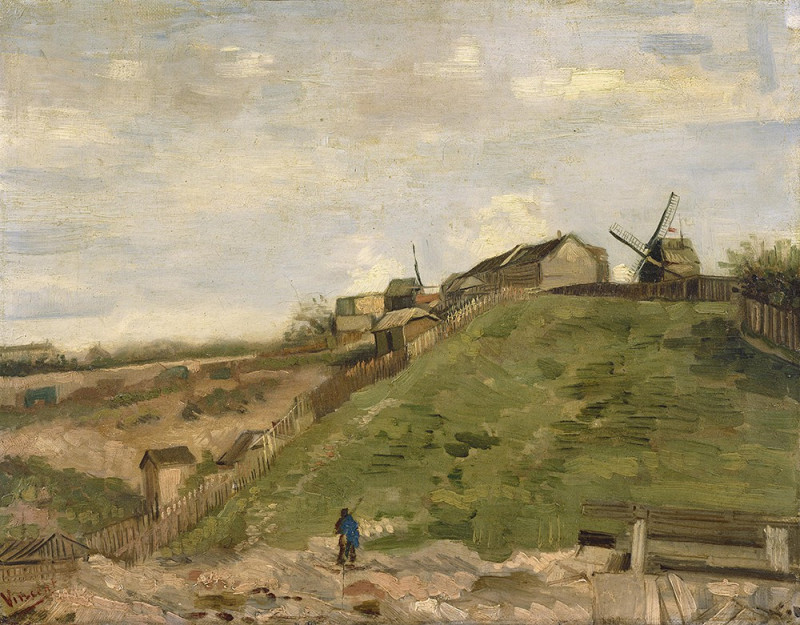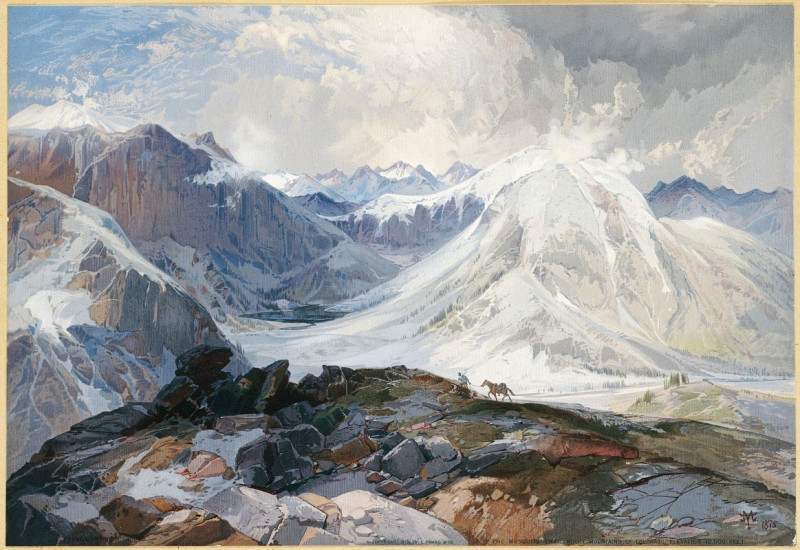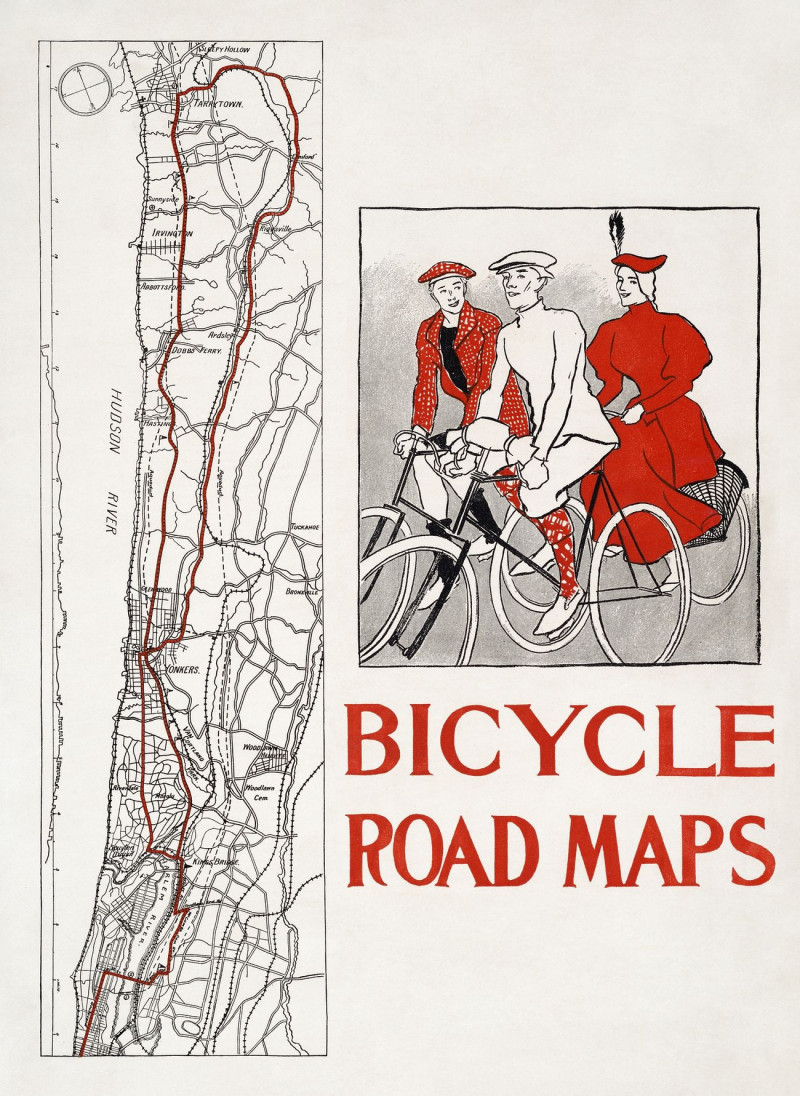Street Scene with an Omnibus (1914)
Technique: Giclée quality print
Recommended by our customers
More about this artwork
In the engaging etching titled "Street Scene with an Omnibus" (1914), the German artist Ernst Ludwig Kirchner captures a dynamic, evocative portrayal of early 20th-century urban life. This work is an exquisite example of Kirchner's strong, expressive lines and his ability to convey mood and movement. The scene depicts a flurry of figures, tightly packed, possibly on a busy city street or at a public transport station, with an emphasis on the hustle and bustle of daily life.At the center, a female figure draws the viewer’s gaze, illustrated in a lighter contrast that makes her stand out amidst the darker, overlapping shapes of other commuters and the omnibus. This central figure appears somewhat isolated and introspective despite the crowded setting, perhaps reflecting Kirchner's sensitivity to individual emotion amidst the chaos of the city. The surrounding figures, portrayed with angular, almost sharp lines, evoke the energy and perhaps the anonymity of city life.Kirchner's technique imbues the piece with a sense of immediacy and intensity, characteristic of the Expressionist movement, which sought to express inner states of being and emotional experience rather than realistic depictions.
Delivery
Returns
Ernst Ludwig Kirchner (1880–1938) was one of the most important German Expressionist painters. He was a co-founder of Die Brücke, a group of German expressionist artists formed in Dresden in 1905. Die Brücke and Kirchner took inspiration from Vincent Van Gogh and Edvard Munch, as well as African and Oceanic art. They used woodblock printing as a medium to showcase their signature style: flat, unrealistic images with vivid colors. The recurring themes in Kirchner's artworks included exotic cultures, faraway landscapes, self-portraits, dancers and Berlin street life. His paintings and prints effectively portrayed non-European cultures despite the fact that he never traveled outside of Europe.

